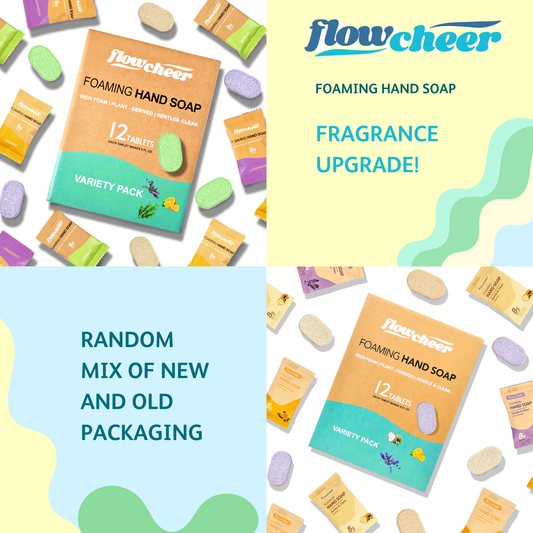Daily simple activities like sealing a coffee cup, unwrapping a snack, or handling various products involve the use of plastics. Once their primary use is fulfilled, these items are often discarded without a second thought. But when these seemingly benign materials break down, they transform into environmental hazards known as microplastics.
Since the 1950s, humanity's plastic consumption has skyrocketed, with a staggering 8.3 billion metric tons produced. Recent proposals from environmental authorities in California suggest adding microplastics to a list of substances that are potentially harmful to the environment and human health. If accepted, this would be an official recognition of the risks associated with microplastics to people, wildlife, and ecosystems.
What Are Microplastics? A Deep Dive
Barely visible to the naked eye, microplastics measure less than 5 millimeters, with their tinier relatives, nanoplastics, being even more diminutive. These minuscule particles come in various shapes and forms, from round beads to uneven shards.
Defined by Californian agencies as solid materials with a polymeric base and size ranging from 1 nanometer to 5 millimeters, microplastics have made their mark due to our overwhelming dependence on plastic.
The U.S.'s contribution to plastic waste is astonishing, having produced 42 million metric tons in 2016 alone. With these numbers, intervention becomes not just ideal, but crucial.
Microplastics Everywhere: From Our Bodies to Oceans
The repercussions of microplastic consumption on human health remain an active area of research. Initial studies reveal their infiltration into our organs – from lungs and blood to the very organ nurturing unborn life, the placenta.
Humans ingest microplastics through various means—food, beverages, air, and direct contact. A typical individual is believed to consume between 39,000 to 52,000 microplastic particles annually from food and drink alone. Additionally, between 35,000 and 69,000 particles are inhaled each year.
Nature isn't safe either. Historical data indicates marine creatures suffering due to microplastic ingestion as early as the 1960s. The detriments of microplastics to fauna range from individual animals to cellular disruptions.
The Dangerous Dance of Microplastics with Health and Nature
Wildlife suffers at the hands of these micro pollutants, with reports dating as far back as the 1960s. On the human front, the very tissues that constitute us now house these foreign entities.
Their minuteness allows them to penetrate deeper into our system, potentially carrying along harmful chemicals from their parent plastics. Over time, the accumulation and degradation of these particles might lead to unforeseen health implications.
Steps to Minimize Microplastic Exposure in Daily Life
It may seem daunting, but several strategies can reduce our contact with microplastics:
- Prioritize compositable items over disposable plastics.
- Choose stainless steel bottles over plastic ones and opt for kitchen tools made from wood, glass, or metal.
- Use glass containers for heating food to prevent plastic particles from contaminating your meal.
- Regular home cleaning can help reduce exposure to plastic fibers present in dust.
- Employ water filters to capture microplastics.
- Advocate for regulations and initiatives aimed at tackling plastic pollution.
While the issue of microplastics is alarming, the good news is that each one of us has the power to make a change. Through conscious consumer choices and supporting brands that are truly committed to environmental wellness, we can pave the way for a cleaner future.
Flowcheer stands with you in this journey. Together, with informed decisions and a passion for a cleaner earth, we can make strides against the unseen threats of microplastics and champion a healthier, more sustainable world for all.

















